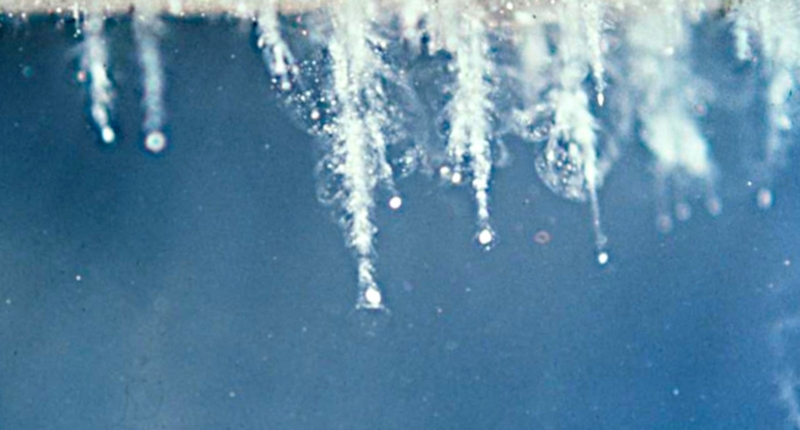Scientists have suggested that signs of life could be found in dust ejected from other worlds. When a planet experiences a collision, parts of its material can be flung into space, potentially carrying fossils of microorganisms or other signs of life. Researchers propose studying well-preserved grains ejected from other worlds, which could contain such signs of life. While identifying such grains as coming from another solar system may be difficult, pieces of dust around 1 micrometer in size could potentially host single-celled organisms and could make their way to Earth. A new paper in the International Journal of Astrobiology explores the idea, and suggests that up to 100,000 of these grains could be landing on Earth every year. Further research could help to identify these grains and investigate the possibility of extraterrestrial life.
Signs of Extraterrestrial Life Could Be Found in Dust, Researchers Say
Scientists suggest that grains of dust ejected from other worlds could potentially contain signs of alien life. The material ejected from planets due to a collision, such as an asteroid impact, can travel through space over vast distances and periods of time. These grains could contain direct or indirect signs of life, such as fossils of microorganisms. Researchers propose studying well-preserved grains ejected from other worlds for potential signs of life. They suggest that pieces of dust that are around 1 micrometer in size may be key to finding life elsewhere.
The University of Tokyo’s Tomonori Totani, author of a new paper on the subject, suggests that some of these grains might already be on Earth. Although identifying them as coming from another solar system may be difficult, it is possible that up to 100,000 of these grains could be landing on Earth every year. There are many unknowns involved, and the chances of any ejecta containing life signs from another world reaching us are low. However, given the means to explore this idea already exist, researchers believe it is a worthwhile pursuit.
The search for life outside our solar system typically means searching for signs of communication or atmospheric signatures that might hint at life. However, if there are signs of life in dust grains, not only could we be certain of its existence, but we could also find out soon. Grains that are thrown into space and are around 1 micrometer in size are big enough to host a single-celled organism, but small enough to potentially leave their own solar system. Once they do, they might make their way to Earth.
While bigger pieces of material that are thrown into space usually fall back down into their planet, or join new permanent orbits around a planet, and much smaller ones are probably too small to include useful signs of life, there may be pieces of dust that are in the middle range that could be key to finding life elsewhere. Further research could help to identify these grains and investigate the possibility of life beyond our planet.
The paper titled ‘Solid grains ejected from terrestrial exoplanets as a probe of the abundance of life in the Milky Way’ has been published in the International Journal of Astrobiology.
Don’t miss interesting posts on Famousbio










